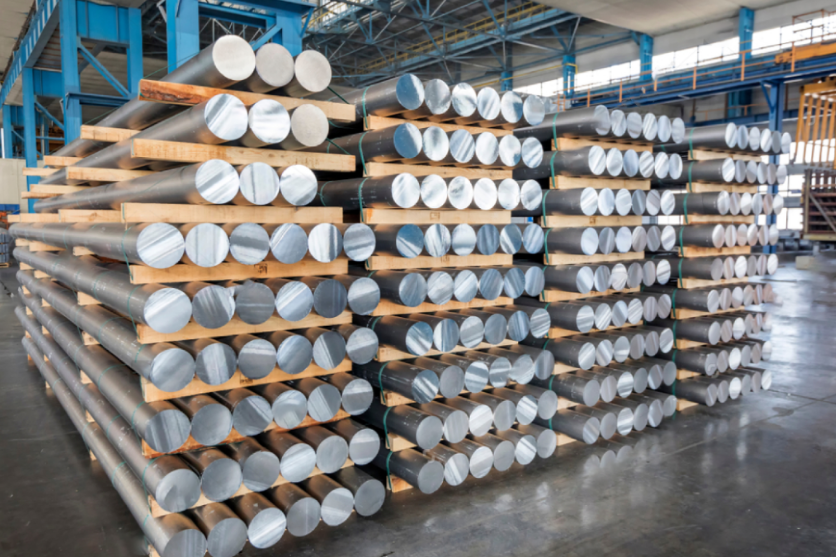The primary difference between Ti-6Al-4V (Grade 5) and Ti-6Al-4V ELI (Grade 23) lies in the content of interstitial elements, specifically Oxygen (O), Nitrogen (N), Carbon (C), and Iron (Fe). The "ELI" stands for Extra Low Interstitial, meaning Grade 23 has significantly lower maximum limits for these elements, particularly Oxygen (0.13% max for ELI vs. 0.20% max for Grade 5) [1].
This reduction in impurities results in superior ductility, enhanced fracture toughness, and better fatigue performance for the ELI grade, making it the required standard for critical applications like surgical implants and high-performance aerospace components [2].

Both alloys share the same nominal composition of 6% Aluminum and 4% Vanadium. The distinction is defined by the maximum allowable percentage of interstitial elements, which directly impacts the material's mechanical behavior.
| Element | Ti-6Al-4V (Grade 5) Max % | Ti-6Al-4V ELI (Grade 23) Max % | Impact of Lower ELI Content |
|---|---|---|---|
| Aluminum (Al) | 6.75 | 6.75 | No difference |
| Vanadium (V) | 4.5 | 4.5 | No difference |
| Oxygen (O) | 0.20 | 0.13 | Significantly improved ductility and fracture toughness. |
| Nitrogen (N) | 0.05 | 0.05 | Same |
| Carbon (C) | 0.08 | 0.08 | Same |
| Iron (Fe) | 0.30 | 0.25 | Slightly purer, better fatigue resistance. |
Source: ASTM B348 (Grade 5) and ASTM F136 (Grade 23) Standards [1] [3]
While the strength of the two grades is comparable, the purity of Grade 23 provides a critical advantage in terms of reliability under stress, particularly in dynamic or high-cycle fatigue environments.
| Property | Ti-6Al-4V (Grade 5) | Ti-6Al-4V ELI (Grade 23) | Conclusion |
|---|---|---|---|
| Tensile Strength (Min.) | 895 MPa (130 ksi) | 860 MPa (125 ksi) | Grade 5 is slightly stronger. |
| Yield Strength (Min.) | 828 MPa (120 ksi) | 795 MPa (115 ksi) | Grade 5 is slightly stronger. |
| Elongation (Min.) | 10% | 10% | Similar, but ELI is more ductile in practice. |
| Fracture Toughness | Good | Superior | ELI is safer for critical applications. |
The choice between Grade 5 and Grade 23 is determined by the application's tolerance for failure and the required level of ductility.
This is the most common and widely used titanium alloy. Its high strength and excellent corrosion resistance make it ideal for general industrial use.
Primary Applications: Aerospace structural components (non-critical), chemical processing equipment, marine components, power generation, and general industrial parts.
The enhanced purity and superior fracture toughness of Grade 23 are mandatory for applications where material failure is unacceptable.
Primary Applications: Surgical and Dental Implants (orthopedic pins, screws, plates), high-stress aerospace components (e.g., engine parts), cryogenic vessels, and deep-sea equipment.
Whether your project requires the high strength of Ti-6Al-4V (Grade 5) or the critical purity of Ti-6Al-4V ELI (Grade 23), we supply both grades in various mill forms (bar, plate, wire, pipe). We ensure full compliance with ASTM and ISO standards for all our titanium products.
Contact Our Technical Sales Team to Discuss Your Material Requirements.